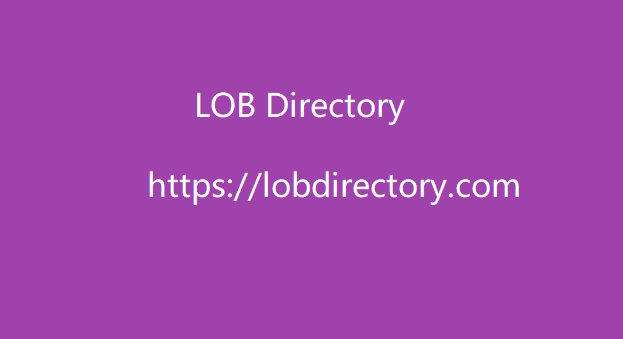|
|
Conversions, and sales. This will give you an idea of what you need to achieve. 2. Understand Local Keyword and Search Volume Trends One of the most common ways to use data in SEO is to track the keywords people search for. This helps you understand what people are searching for, which means you can optimize your website accordingly . It also allows you to identify potential gaps in your SEO strategy and make changes. 3. Create a Foundation for Your Website's Performance This means looking at how many visitors and leads you get and how much traffic comes from each channel.
It's also important to look at where your organic traffic is coming from and the paid search campaigns that are converting. Understanding your website's past performance can help you determine whether you're meeting your digital marketing goals. 4. Set Your Goals and KPIs Before LOB Directory you start using data for your SEO or digital marketing efforts, you need to clearly define your goals. These goals should be SMART goals (specific, measurable, achievable, time-bound). Once you set these goals, make sure they align with your company's overall goals and KPIs (key performance indicators).

This way, you can track the success of your SEO or digital marketing campaigns by measuring their impact against these metrics. 5. Analyze Your Competitors' Websites and Marketing Efforts If you're new to the game, there's nothing better than learning from others' mistakes. You can do this by analyzing your competitors' websites and reviewing their marketing efforts. Start by analyzing on-page SEO elements (like title tags, meta descriptions, or URL structure) and compare them to yours. Then look at how they use social media channels like Facebook or Twitter, what kind of content they share and how they promote it.
|
|